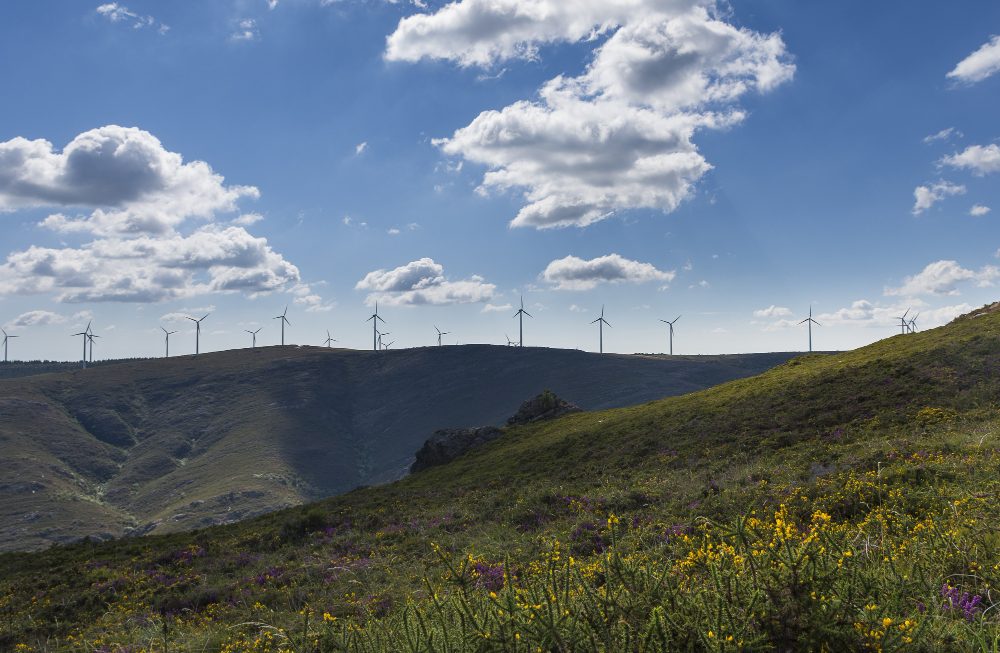In the vast tapestry of resources that sustain our planet’s functioning, two categories stand out starkly: renewable and nonrenewable resources. While these terms are often mentioned in discussions about sustainability and energy production, their true significance might not be entirely clear to everyone. Let’s unravel the mystery behind these terms and explore the stark differences between renewable and nonrenewable resources.
Nature’s Endless Bounty
Renewable resources are the unsung heroes of sustainability, embodying the epitome of nature’s resilience. These resources replenish themselves over time, ensuring an endless supply for generations to come. Sunlight, wind, water, and biomass are prime examples of renewable resources that harness the earth’s natural processes to regenerate continuously. Solar panels capture sunlight, wind turbines harness the power of moving air, hydroelectric dams utilize flowing water, and biomass converts organic matter into usable energy, all without depleting the Earth’s finite reserves.
Tapping into Earth’s Fossil Vaults
In contrast to their renewable counterparts, nonrenewable resources are the fossils of Earth’s history, remnants of a bygone era locked away in its depths for millions of years. These resources, such as coal, oil, natural gas, and minerals, exist in finite quantities and take eons to form. Once extracted and consumed, they cannot be readily replenished within human timescales. Humanity’s reliance on nonrenewable resources for energy and industrial purposes underscores the urgency of transitioning towards sustainable alternatives.
A Tale of Two Paths
The divergence between renewable and nonrenewable resources becomes most apparent in the realm of energy production. While both can fuel our power-hungry world, the environmental and long-term implications set them apart. Renewable energy sources offer cleaner, greener alternatives, producing minimal greenhouse gas emissions and mitigating climate change. In contrast, nonrenewable energy sources often entail destructive extraction processes, environmental pollution, and contribute significantly to global warming.
The Weight of Choices
The environmental ramifications of our resource utilization choices cannot be overstated. Renewable resources leave a gentler footprint on the planet, promoting biodiversity, preserving ecosystems, and safeguarding fragile habitats. In contrast, the extraction, processing, and combustion of nonrenewable resources exact a heavy toll on the environment, leading to habitat destruction, air and water pollution, and irreversible ecological damage.
Investing in Sustainability
Beyond environmental considerations, the economic dimensions of renewable versus nonrenewable resources paint a compelling picture. While nonrenewable resources may yield short-term profits and economic prosperity, their finite nature renders them susceptible to price volatility and geopolitical tensions. Renewable resources, on the other hand, offer long-term stability, fostering innovation, job creation, and sustainable economic growth in emerging industries such as solar and wind energy.
Pioneering the Green Revolution
The advent of cutting-edge technologies has propelled the transition towards renewable energy sources, unlocking unprecedented opportunities for sustainable development. Breakthroughs in solar photovoltaics, wind turbines, energy storage solutions, and smart grids have revolutionized the renewable energy landscape, making clean energy more accessible, affordable, and efficient than ever before. These technological strides underscore the inexorable march towards a greener, more resilient future.
Embracing Sustainability
As we stand at the crossroads of environmental stewardship and resource exploitation, the choice between renewable and nonrenewable resources defines our collective destiny. Embracing sustainability entails a paradigm shift towards prioritizing renewable energy sources, reducing consumption, fostering conservation efforts, and embracing eco-friendly practices in all facets of life. By safeguarding the finite resources of our planet and harnessing the boundless potential of renewable energy, we pave the way for a brighter, more sustainable tomorrow.

